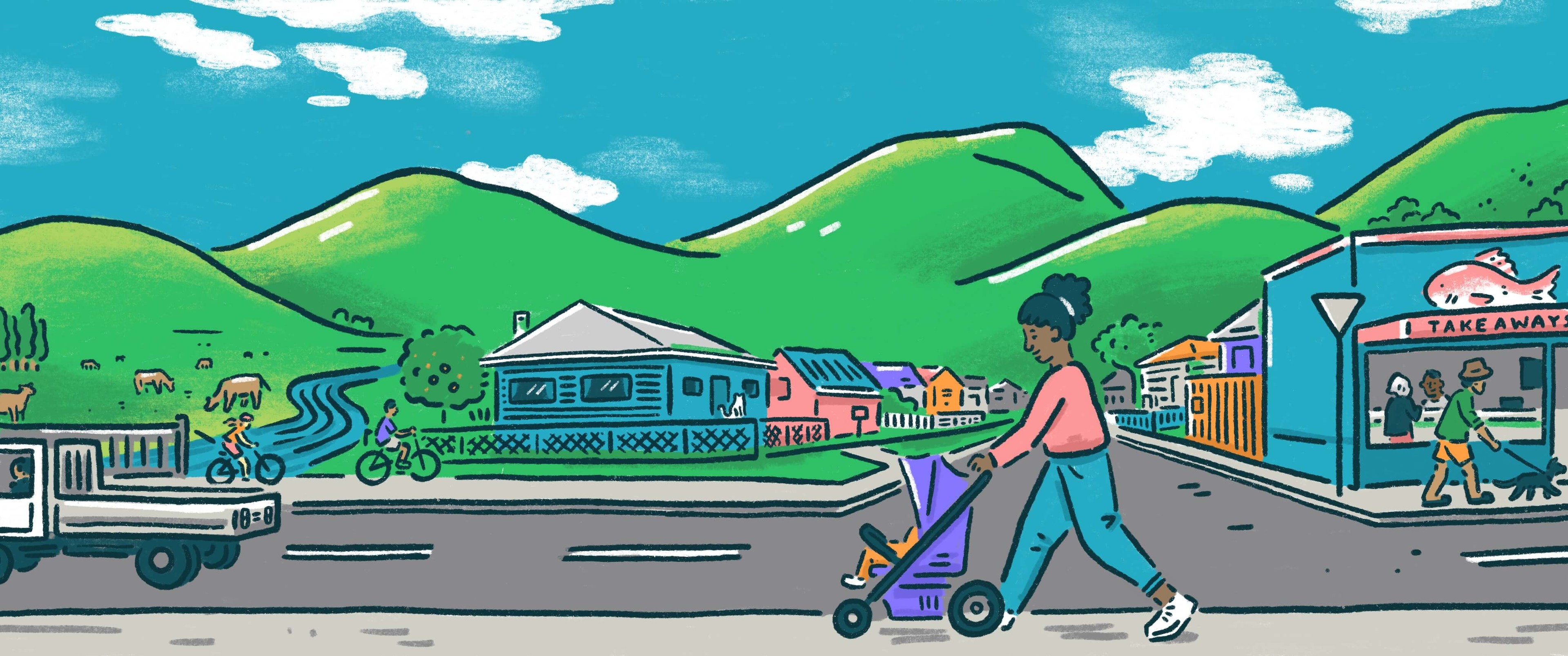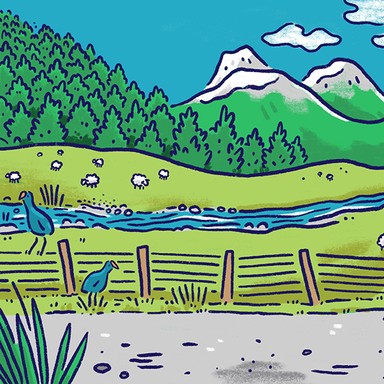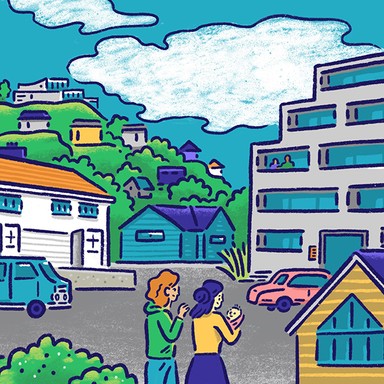
Gore District Council

Environment
Local governments play a central role in protecting the environment, reducing waste and safeguarding biodiversity. The worsening state of New Zealand’s lakes and rivers is a major challenge for local councils, which work with regional councils in the management of water resources in their area.

Environment
Local governments play a central role in protecting the environment, reducing waste and safeguarding biodiversity. The worsening state of New Zealand’s lakes and rivers is a major challenge for local councils, which work with regional councils in the management of water resources in their area.
Plan to involve the community in waste minimisation and recycling, which is long overdue. Work to provide cost effective solutions.
Protest against the Three Waters model mandated by the government and support a better model keeping local interests at the forefront.
Create sanctuaries for wildlife by planting more native trees and reducing predators. Reduce carbon forestry.
Plan to involve the community in waste minimisation and recycling, which is long overdue. Work to provide cost effective solutions.
Protest against the Three Waters model mandated by the government and support a better model keeping local interests at the forefront.
Create sanctuaries for wildlife by planting more native trees and reducing predators. Reduce carbon forestry.
Mayor
Compare the mayoral candidates in your area
Local council
Compare the candidates for your city or district council
Regional council
Compare the candidates for your regional council
Local board
Compare the candidates for your local or community board







